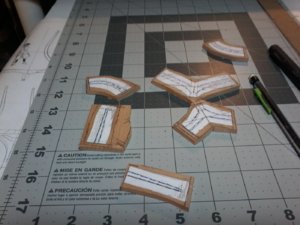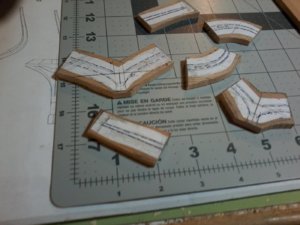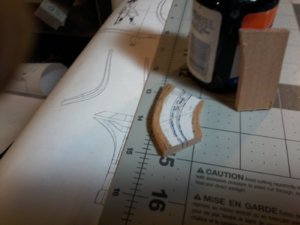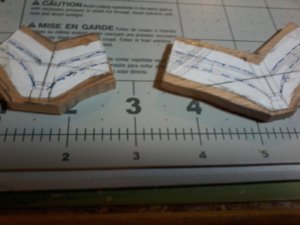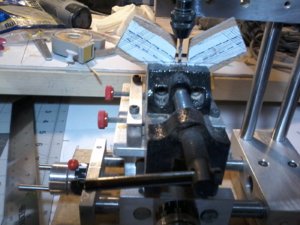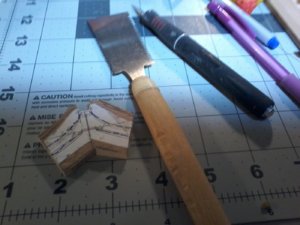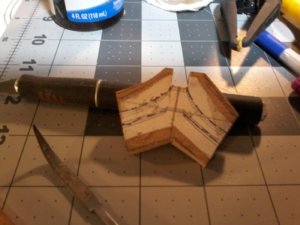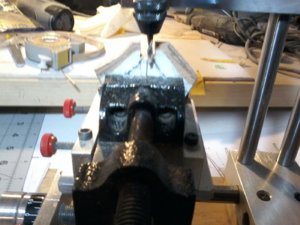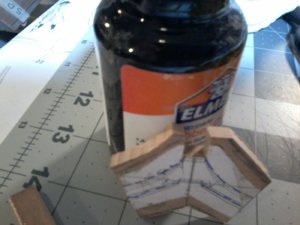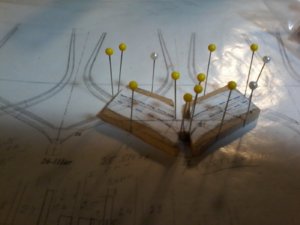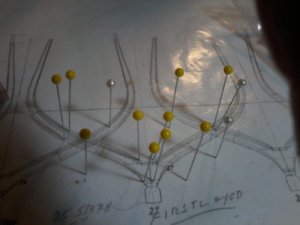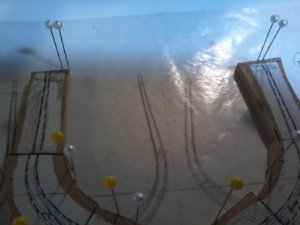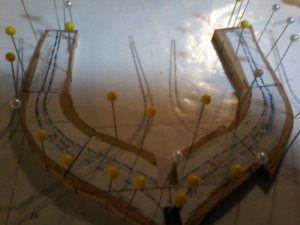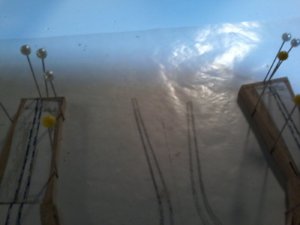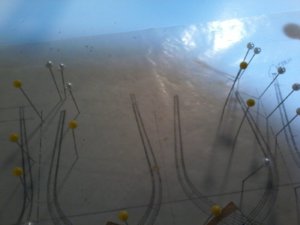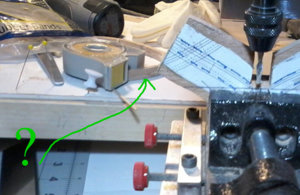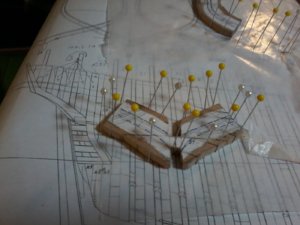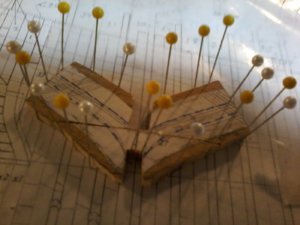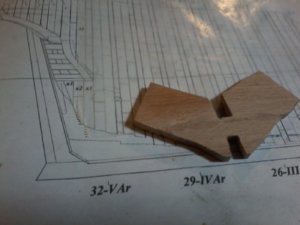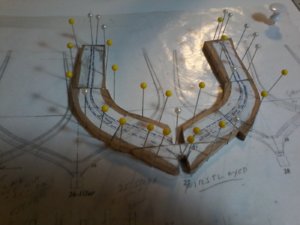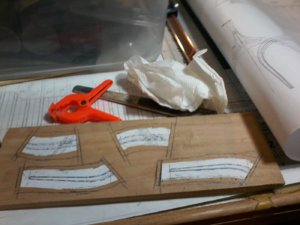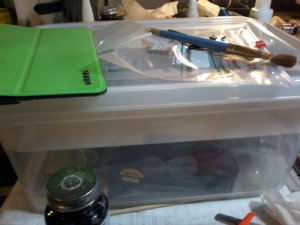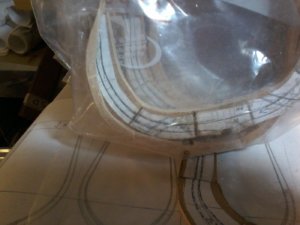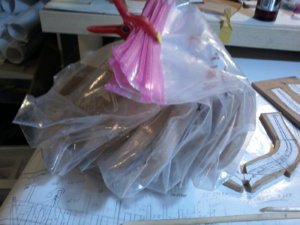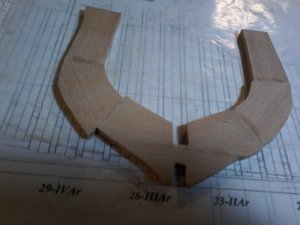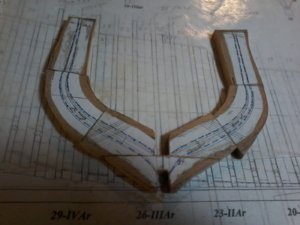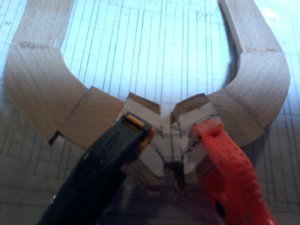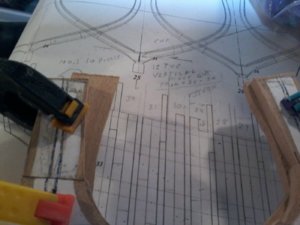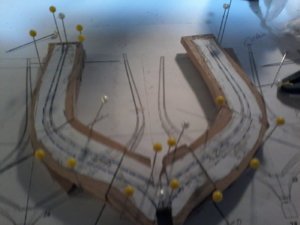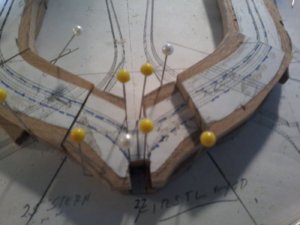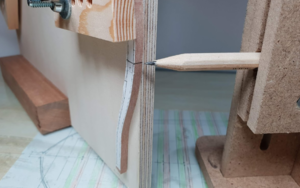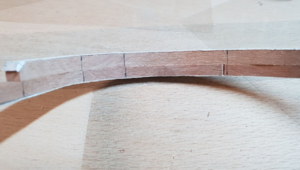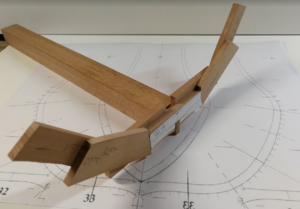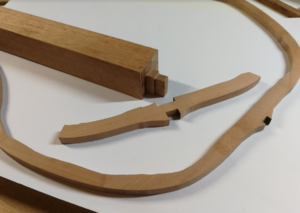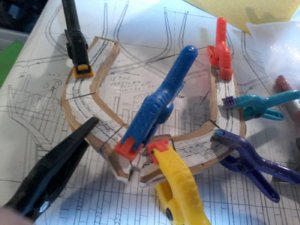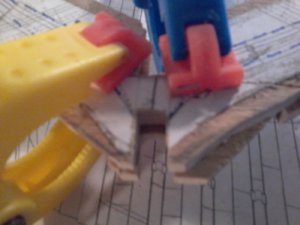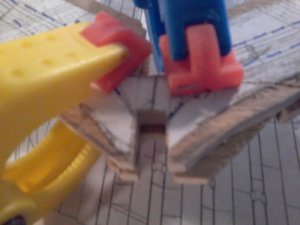Thank you
@Olivers Historic Shipyard .
That is a great solution.
Thank you
@Maarten,
To ease the process, this is also a very good solution.
________________________________________________________________________________________
So now that we have
Don’s step by step view of the process he uses, we can analyze so that HE can find appropriate solutions with the help of the membership: this is not a case of “it is my way, the best and only way”. I am sure HE sees this as learning by trials and errors: which is what most modelers ends up doing.
The first step is: Don has to
understand why it is not working so well for him so that the method can be adapted to fit his goal. From there and complemented with constructive guidance, almost everything should fall in place and he should find needed solutions.
Here is my first obvious observation after looking at the process and the results shown in images.
The main reasons why the 2 layers do not match:
accuracy and symmetry.
Everything starts with the accuracy of the angle in the joints between parts of the frame. From there, every other error compounds any negative effect. The lack of accuracy in the angle of the joints results in the lack of symmetry in the sides (port / starboard) of the fame.
So to begin with … One more reference point you may utilize.
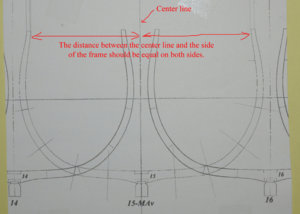
Furthermore, as indicated throughout previous explanations,
the secret is to not rush through the process. But it is to make sure the first part lines up with the drawing (plan), the second part lines up with the first and the drawing. It is somewhat meticulous but needed. Using this approach for every part, all the way up the frame will ensure everything is as per the plan: the ultimate goal being to achieve symmetry between the two sides (again, port and starboard sides) of the frame: starting with layer one.
Beveling the edges of the frame requires reference lines on both sides of the frame (forward and aft).
Having paper patterns used to line up the parts for the 1st layer, requires flipping this layer upside down or removing the paper in order to not sandwich paper between the 2 layers.
To ensure that the lines (paper patterns) used to build the 1st layer follow the plan when you flip it upside down, the 2 sides of the frame, port and starboard sides, need to be symmetrical: if not your built layer will not match the plan anymore.
Because you loose all reference lines after the layer is flipped upside down, you now need to rely on joint lines and maybe the notch to line up the second layer on top.
If your joints are not accurate, and your first layer is not symmetrical from side to side, you will end up with the problems you are encountering at this point.
Now, as you have decided to do the beveling, as suggested, only after the frames are installed onto the keel, this simplifies the process for the second layer.
You only need to make sure the parts of the second layer fit within the overall shape of the 1st layer.
As you are leaving a lot of meat, this should not be too much of a problem. You may also be able to work with some of your bad frames as well.
You are going to ask about the notches that have already been cut... well, I am sure we can find a solution to work with that.
Once your 2 layers are assembled, you can reduce the meat around using the contour lines still glued to your 1st layer. But again that layer needs to be accurately built (symmetrical from side to side. The extra meat will be used to compensate for any small errors as long as the notches are also placed accurately: whether they have already been cut or cut later.
On a side note, as you still would like to practice bevels on individual frames, do not throw away the bad frames, you can use those.
Again sorry for the long post...
G.
